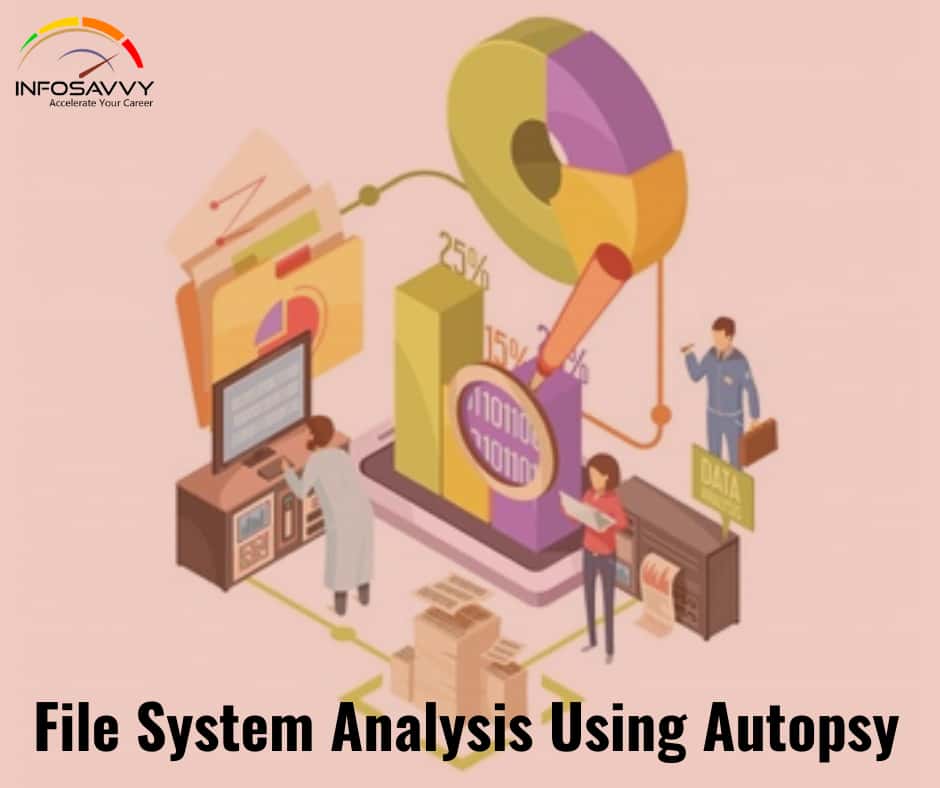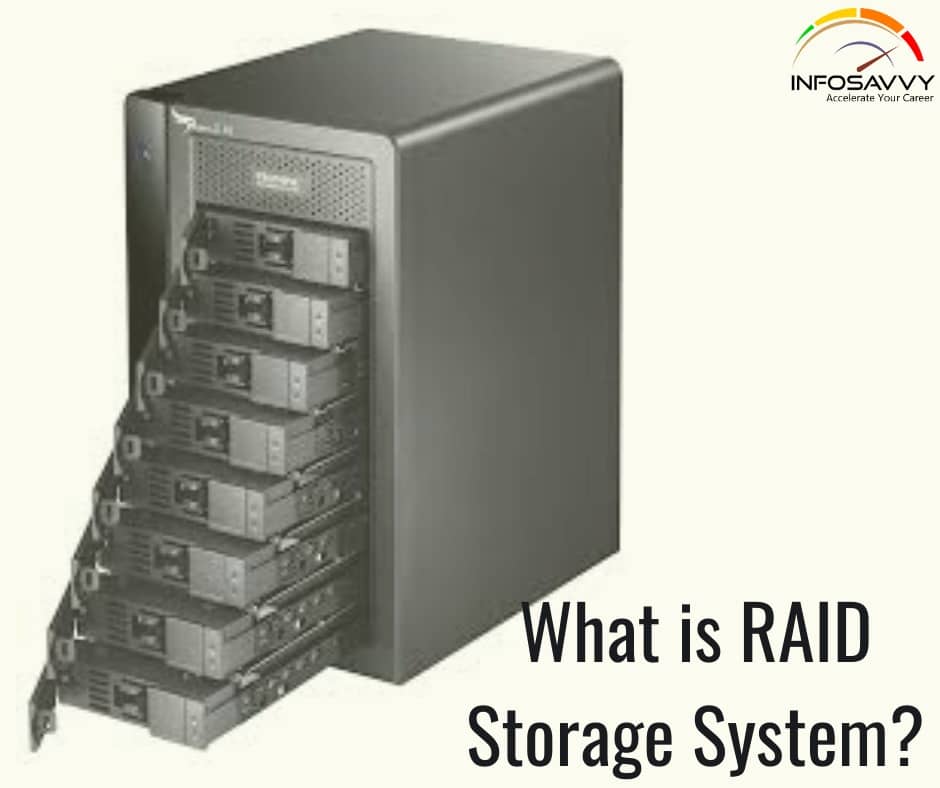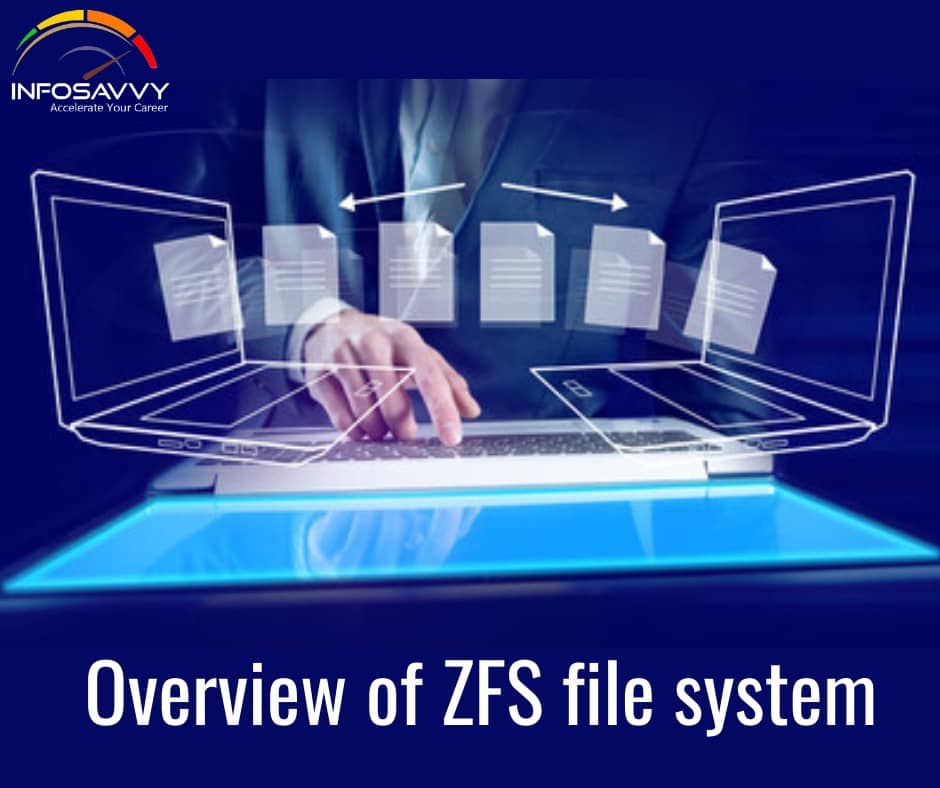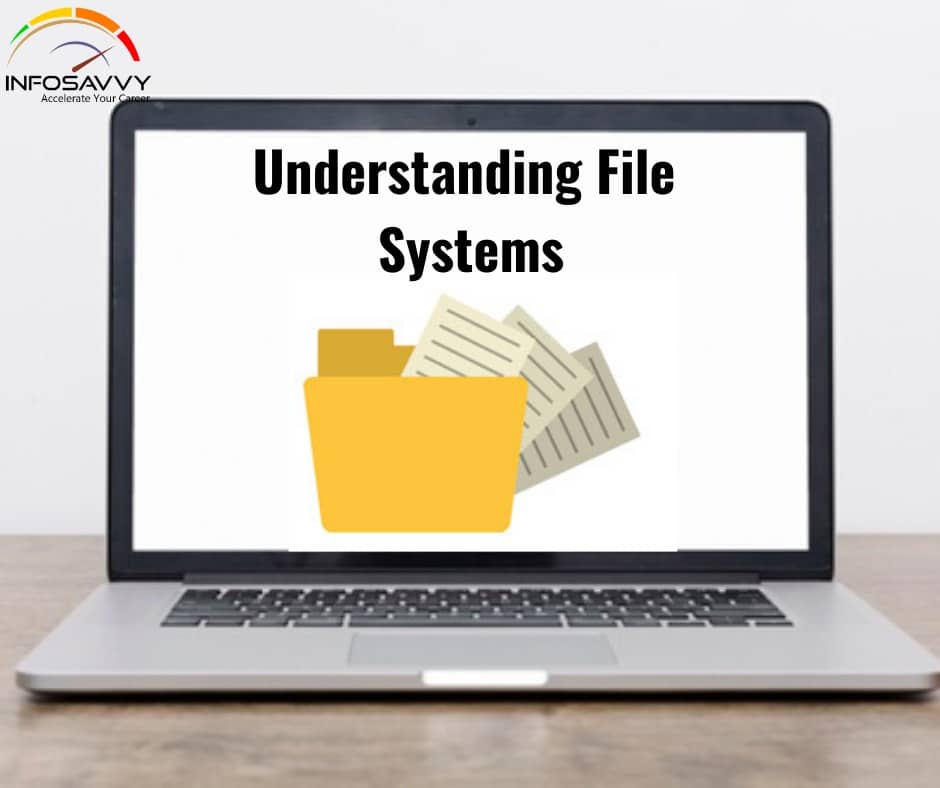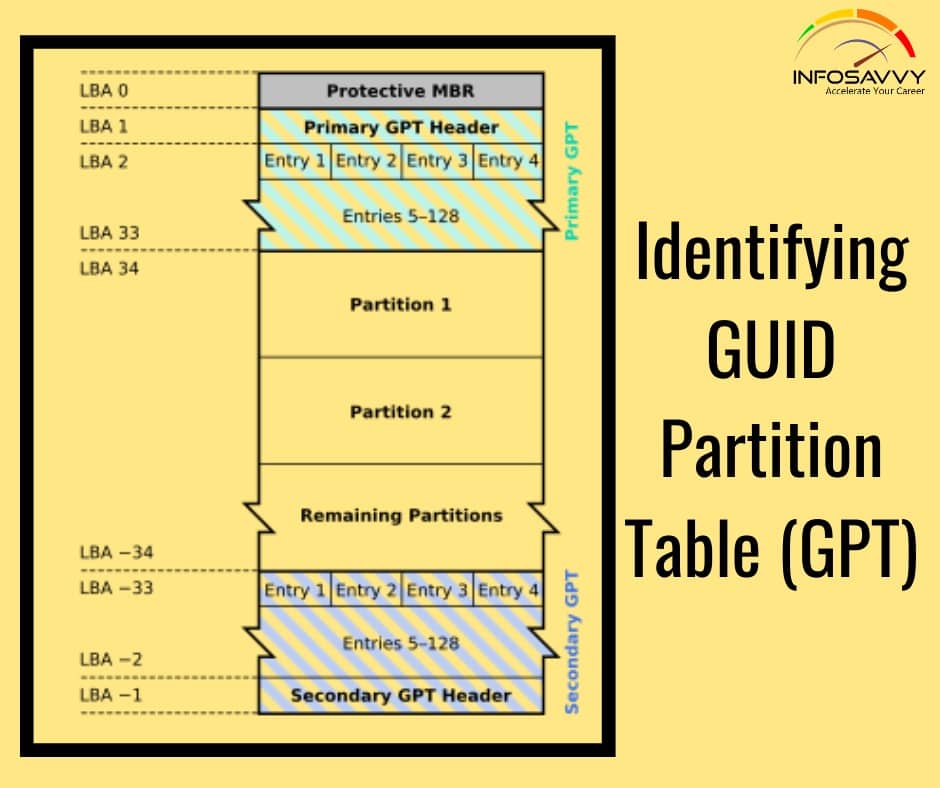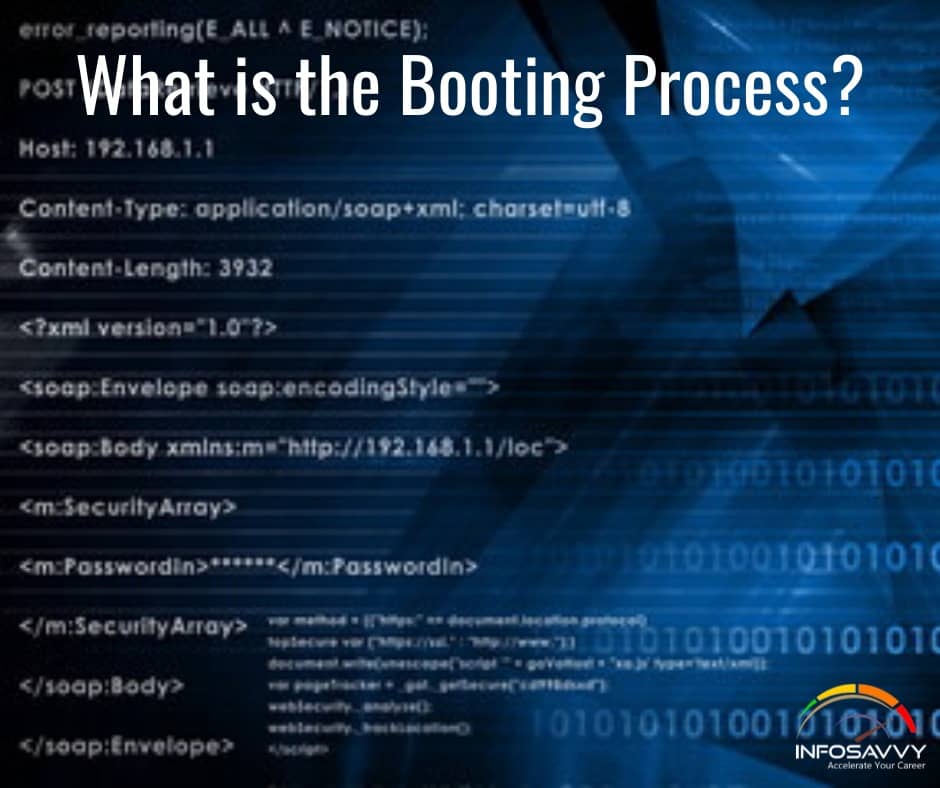Data Acquisition Methods
Data Acquisition Methods in this article explain which of the method using on data acquition and also explain those method which is continuously using in forensic investigation. There are following four methods available for data acquisition: 1. Bit-stream disk-to-image file Forensic investigators commonly use this data acquisition method. It is a flexible method, which allows creation of one or more copies, or bit-for-bit repkations of the suspect drive. ProDiscover, EnCase, FTK, The Sleuth Kit, X-Ways …




